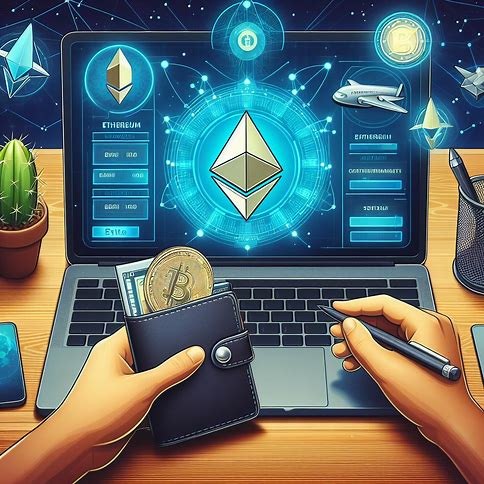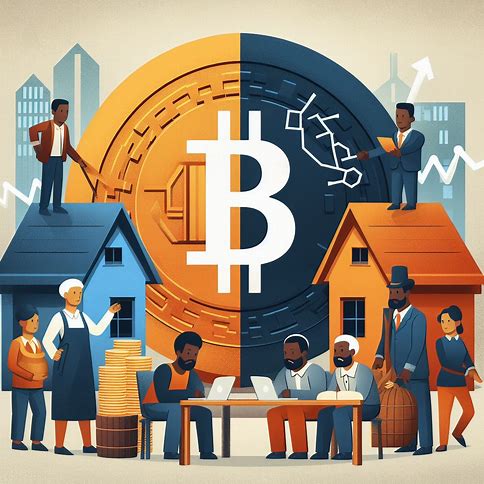It can be very frustrating to send Bitcoin only to have it get stuck in “pending” status for what feels like an eternity. Even experienced traders face this same challenge too, and it can be very concerning. But no need for panic as there are steps you can take to get your transaction unstuck and on its way.
Why Transactions Get Stuck in Pending
The most common reason is that you set your miner fee (also known as the transaction fee) too low. Miners prioritize transactions with higher fees, as that’s how they make their money. So if you underpay, your transaction might get passed over again and again as new transactions with higher fees come in.
Another potential cause is network congestion. The Bitcoin blockchain can only process a certain number of transactions per block. If there’s a flood of transactions being broadcast at once, some will inevitably have to wait.
How to get transactions unstuck.
Check Your Transaction Fee
The first thing to do is double check how much of a miner fee you included with your stuck transaction. You can look up your transaction on a Bitcoin block explorer using your transaction ID (which you can find in your Bitcoin wallet). Most explorers will show the fee you included both in BTC and in satoshis per byte (sat/byte).
If your fee is below 5 sat/byte, that’s very likely the culprit, especially if the network is busy. Some wallets let you bump your fee (known as Replace-By-Fee) to incentivize miners to confirm your transaction faster. If you’re using such a wallet, that’s your simplest option.
Try a Transaction Accelerator
If your wallet doesn’t support Replace-By-Fee, your next option is to try a transaction accelerator. These are services run by some mining pools that let you pay them to prioritize your transaction.
One of the most well-known is ViaBTC’s Transaction Accelerator. They offer free accelerations at set times each day, though there’s a limit on how many transactions they’ll accelerate for free. If you miss the free window, you can pay for an acceleration.
To use an accelerator, you’ll need your transaction ID, the receiving wallet address, and an email address so they can notify you of the status.
Be Patient
If you’re unable or unwilling to use Replace-By-Fee or an accelerator, sometimes the best course of action is simply to wait. Even a transaction with a low fee will usually confirm eventually, it might just take several days if the network is particularly congested.
As frustrating as waiting can be, remember that once a transaction is broadcast to the network, it will either confirm or it won’t – there’s no real risk of your Bitcoin getting lost in limbo forever. In the worst case scenario where your transaction never confirms, it will eventually be dropped from the mempool entirely and the funds will be spendable again in your wallet.
Also Read: Top Bitcoin Payment Processing Solutions
Key Takeaways
1. The most common reason for a stuck Bitcoin transaction is setting the miner fee (transaction fee) too low. Miners prioritize transactions with higher fees.
2. Network congestion can also cause transactions to get stuck pending. The Bitcoin blockchain has a limited capacity per block.
3. Check your transaction fee using a block explorer. If it’s below 5 sat/byte, that’s likely the issue.
4. Some wallets have a Replace-By-Fee feature that lets you bump your transaction fee to incentivize faster confirmation.
5. Transaction accelerators are services that let you pay to have your transaction prioritized, though some offer free accelerations at set times.
6. If you can’t use Replace-By-Fee or an accelerator, patience is key. Low-fee transactions will usually confirm eventually, though it may take several days.
7. In the worst case where a transaction never confirms, it will eventually drop from the mempool, and the funds will be spendable in your wallet again.
8. Bitcoin transactions are irreversible, so while a stuck transaction is inconvenient, your funds are still secure.
9. Every stuck transaction is a learning opportunity to better understand how Bitcoin works and how to avoid issues in the future.
Frequently Asked Questions
1. What is a stuck Bitcoin transaction?
A stuck Bitcoin transaction is one that remains in “pending” status for an extended period, usually due to a low transaction fee or network congestion.
2. How do I know if my transaction is stuck?
If your transaction remains unconfirmed for several hours, you can check its status using a Bitcoin block explorer. If it’s showing as “pending” or “unconfirmed”, it may be stuck.
3. Can I lose my Bitcoin due to a stuck transaction?
No, you cannot lose your Bitcoin due to a stuck transaction. In the worst case, the transaction will eventually drop from the mempool, and the funds will be spendable in your wallet again.
4. How can I prevent stuck transactions in the future?
To prevent stuck transactions, always ensure you include an adequate transaction fee. You can check current recommended fees on websites like https://mempool.space/.
5. How long can a transaction remain stuck?
The length of time a transaction can remain stuck varies depending on network conditions. It could be a few hours, several days, or in rare cases, even weeks.
6. Do I need to pay for a transaction accelerator?
Not always. Some transaction accelerators offer free accelerations at set times each day, though there may be limits on how many transactions they’ll accelerate for free.
7. Can I cancel a stuck transaction?
No, Bitcoin transactions cannot be canceled once they are broadcast to the network. However, some wallets offer a Replace-By-Fee feature which effectively allows you to overwrite a stuck transaction with a new one that has a higher fee.
8. Will my transaction definitely go through if I use Replace-By-Fee or a transaction accelerator?
While these methods greatly increase the chances of your transaction confirming quickly, there’s no 100% guarantee, especially if network congestion is extremely high.
9. Where can I go for more help with a stuck transaction?
Bitcoin forums like BitcoinTalk and Reddit’s r/Bitcoin subreddit can be great resources for troubleshooting stuck transactions and getting advice from more experienced users.










